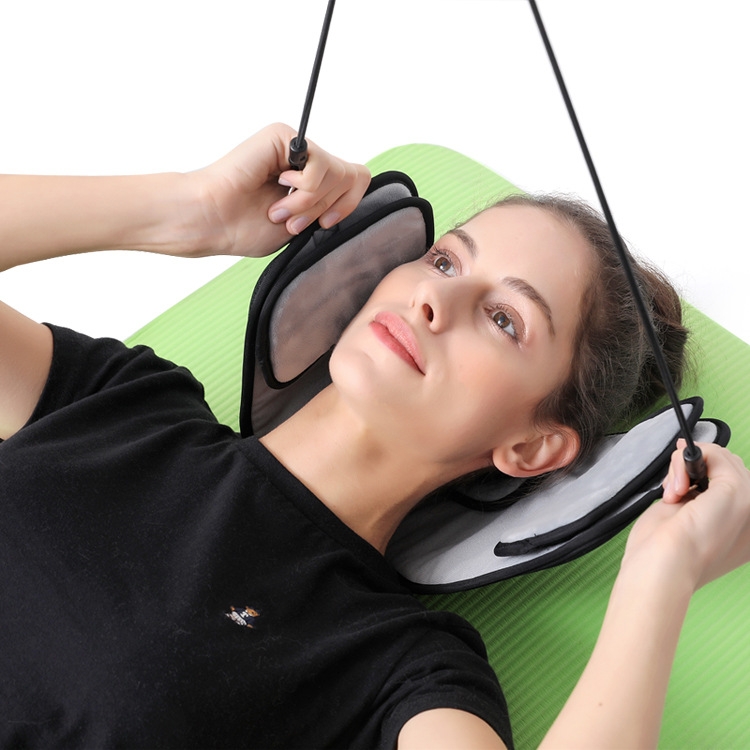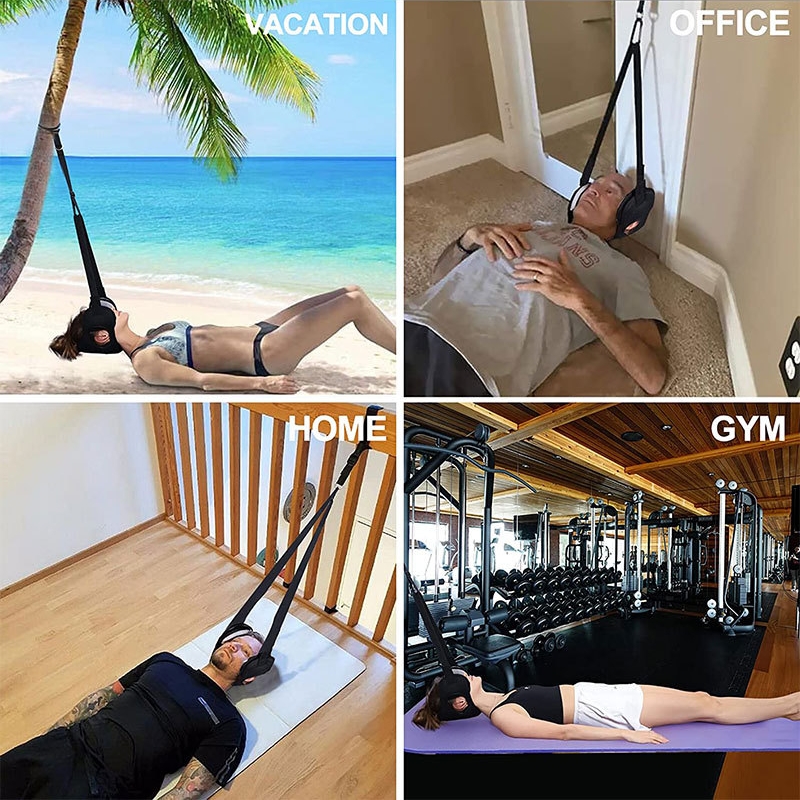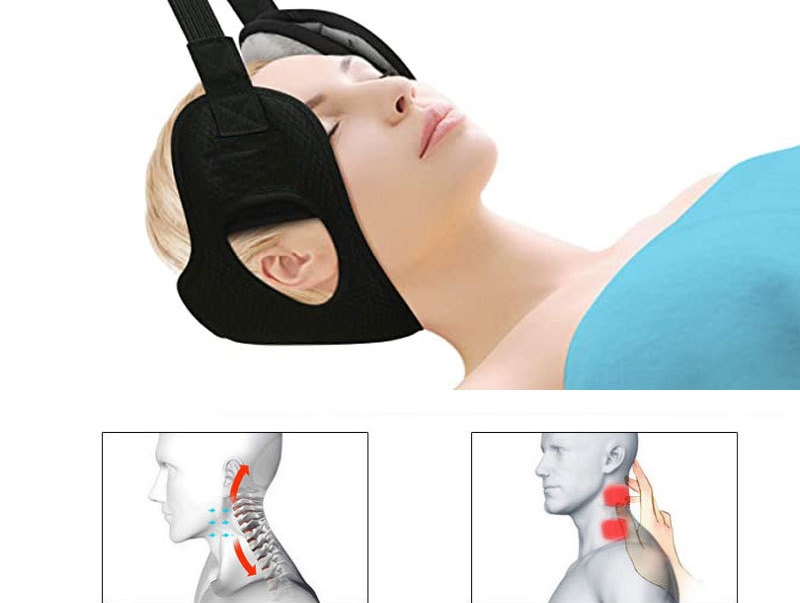
Keeping It Fresh: Maintenance and Cleaning Tips for Your Neck Hammock
Your Neck Hammock provides natural traction to decompress your spine and relieve neck pain. With regular use, it can give you years of relief. But

The Neck Hammock gently tractions your neck to provide decompression and realignment. When used properly, it is a very safe method for relieving neck pain. However, some basic precautions should be followed, especially when beginning use.
This guide covers key safety tips and precautions to make sure you use your Neck Hammock effectively and avoid injury.

Set up your hammock in a location that allows safe use:
Good alignment ensures a safe, effective stretch:

Discontinue use and consult a doctor if:
Other tips for safe use include:
Learning and consistently using proper technique is the best way to prevent injury:
Fine-tune your traction routine to your condition for optimal safety:
Consult your physician promptly if:
The Neck Hammock is designed to be very safe when protocols are followed. But always listen to your body, err on the side of gentleness, and see a doctor if you have any concerns. With prudent use, the hammock can realign your neck and keep you pain-free.
If you experience discomfort using the hammock, try these troubleshooting tips:
Being attentive and responsive to your body helps maximize benefits while avoiding injury. With some fine-tuning and patience, you can use the hammock discomfort-free.

Using your Neck Hammock safely is the key to enjoying all of its benefits. Follow all precautions, take it slow, maintain proper form, listen to your body, and consult your doctor with any concerns. With a safe, prudent approach, the hammock can realign your neck and restore comfort.


Your Neck Hammock provides natural traction to decompress your spine and relieve neck pain. With regular use, it can give you years of relief. But

If you suffer from chronic neck pain, you’ve likely tried various treatments seeking relief. While traditional therapies like medication, physical therapy, chiropractic care, and surgery

The Neck Hammock is a surprisingly simple but highly effective device for alleviating neck pain. This gently stretching hammock utilizes your own body weight to

The Neck Hammock has become a popular solution for relieving neck pain and tension. But how does lying back in a hanging hammock provide such

Your Neck Hammock provides natural traction to decompress your spine and relieve neck pain. With regular use, it can give you years of relief. But

If you suffer from chronic neck pain, you’ve likely tried various treatments seeking relief. While traditional therapies like medication, physical therapy, chiropractic care, and surgery

The Neck Hammock gently tractions your neck to provide decompression and realignment. When used properly, it is a very safe method for relieving neck pain.

The Neck Hammock is a surprisingly simple but highly effective device for alleviating neck pain. This gently stretching hammock utilizes your own body weight to
Copyright © 2024 easenestneckhammock. All Rights Reserved.